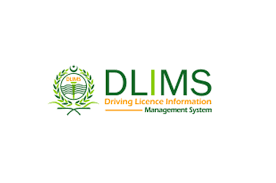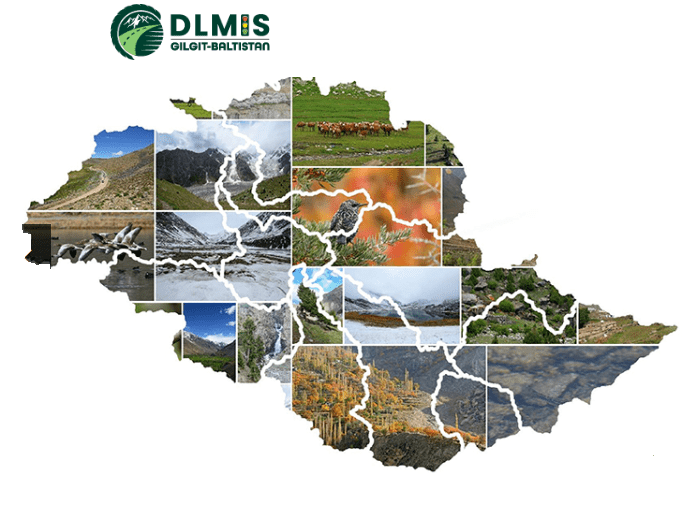Undergraduate Scholarships for Students of Balochistan and Erstwhile FATA
HEC Undergraduate Scholarships for Students of Balochistan and Erstwhile FATA 2024-25 Are you a student from Balochistan or Erstwhile FATA with dreams of pursuing higher education at a prestigious university…




